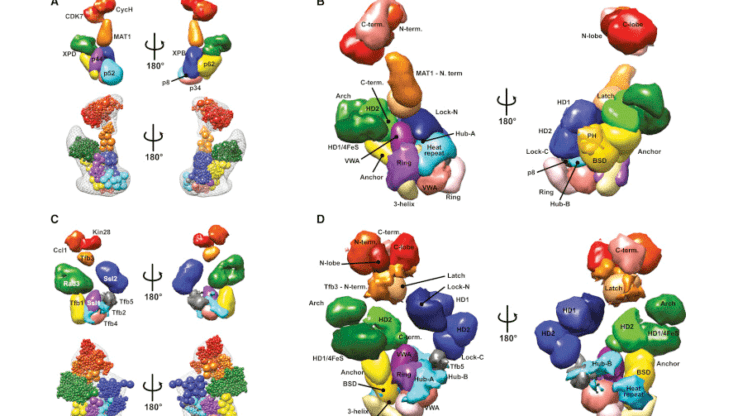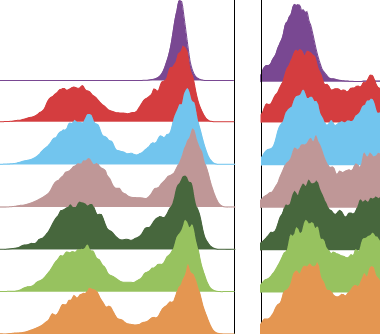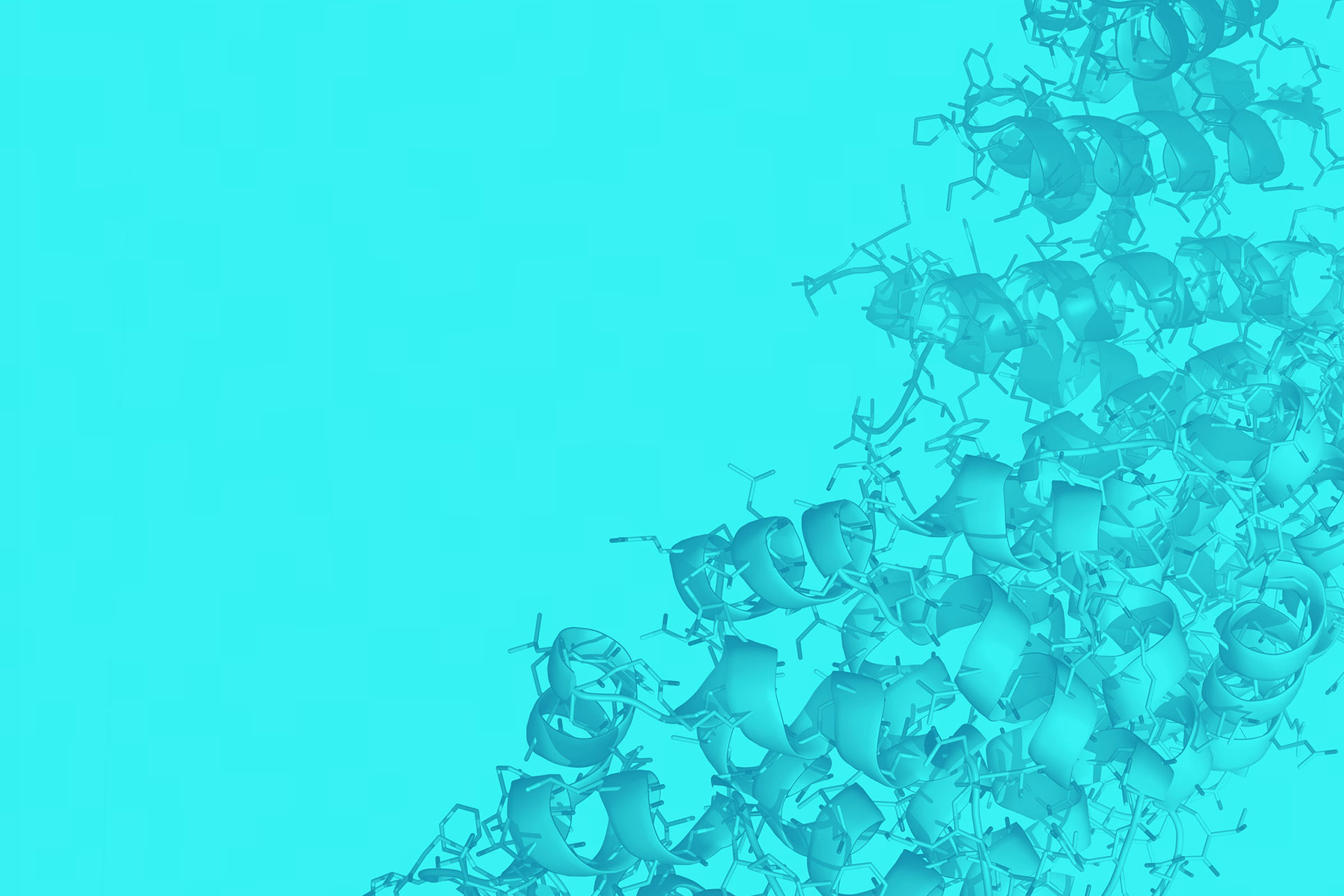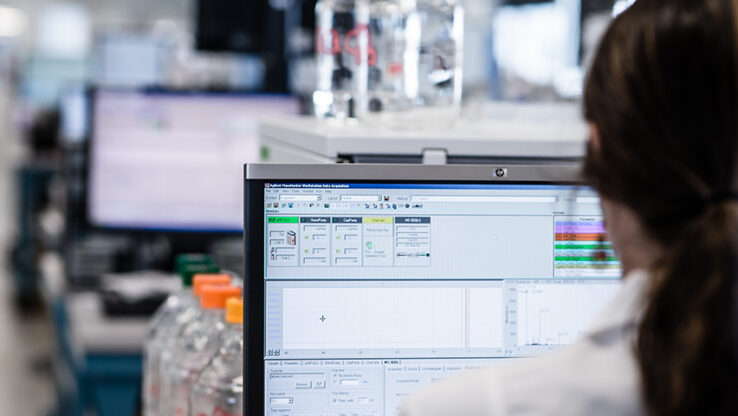This website uses cookies so that we can provide you with the best user experience possible. Cookie information is stored in your browser and performs functions such as recognising you when you return to our website and helping our team to understand which sections of the website you find most interesting and useful.
Researchers determine architecture of a macromolecular complex regulating gene expression and DNA repair
at the Institute for Systems Biology

Researchers determine architecture of a macromolecular complex regulating gene expression and DNA repair
General transcription factor TFIIH plays central roles in gene transcription and DNA repair ISB researchers and collaborators map the architecture of the TFIIH complex using powerful crosslinking-mass spectrometry (CXMS) technology and integrative modeling Structural maps provide critical insights into how mutations in TFIIH subunits lead to disease phenotypes By Jie Luo and Mark Gillespie The expression, or transcription, of genes controls the identity and function of a cell. DNA damage…

Cancer Treatment: A Systems Approach
By Sui Huang and Joseph Zhou, ISB Editorial Board Members Cancer cells, for decades regarded as a uniform mass of identical (“clonal”) cells, are not like the soldiers of a traditional army, trained to act and respond in unison. Cancer cells, even within a genetic clone, express enormous individuality akin to guerrilla fighters, each with unique strengths, weaknesses and distinct behaviors. Therefore, they do not respond to an attack from…





